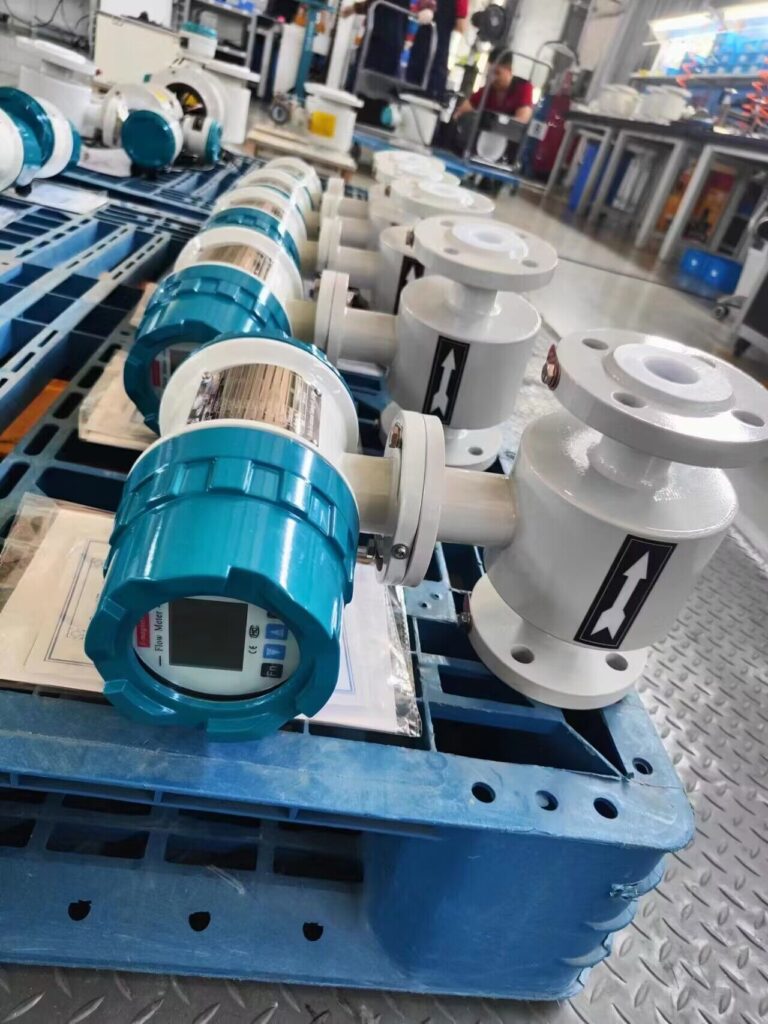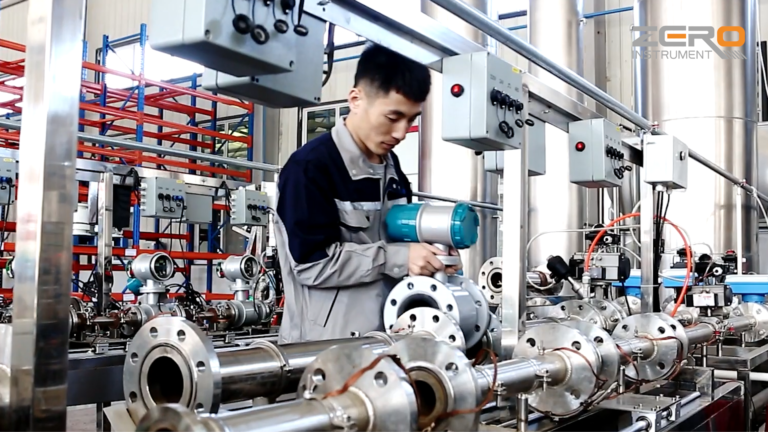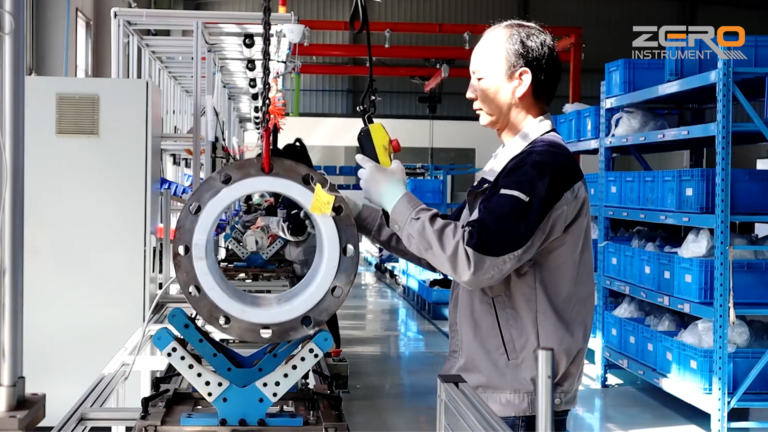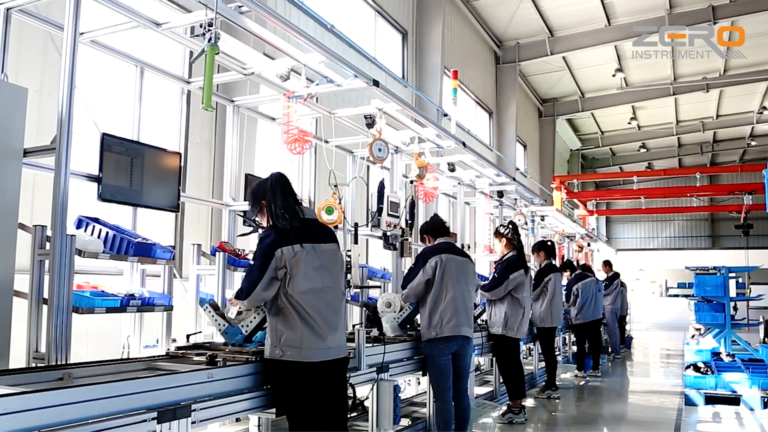1. Initial Parameter Verification
Before starting calibration, verify the following parameters:
Pipe diameter (DN)
Calibration coefficients (CS, CZ)
Measuring range
Fluid density

2. Inspection Procedures Using a Multimeter
Electrode Resistance Check:
Disconnect transmitter cable from the sensor.
Measure electrode-to-ground resistance and electrode-to-electrode resistance using an analog multimeter.
Acceptable resistance range:
Electrode to ground: 2KΩ – 20KΩ
Electrode to electrode: 4KΩ – 20KΩ
If resistance is outside these ranges, the electrodes are deemed faulty.
Electrode-to-Shield Resistance Check:
Disconnect transmitter cable.
Use a digital multimeter capable of measuring high resistance.
Measure the resistance between electrodes (line 1 and line 2) and shield.
Acceptable standard:
Resistance must be infinite (∞). Any measurable resistance indicates insulation failure.
Coil Resistance and Insulation Test:
Disconnect transmitter cable from sensor.
Measure coil resistance and insulation resistance using a 500V Megohmmeter.
Acceptable ranges:
Coil resistance: 5Ω – 60Ω
Insulation resistance (coil lines to ground): 50MΩ – 500MΩ
Outside these ranges indicates coil issues.

3. Zero Point Adjustment
Ensure the pipe is completely filled with fluid, stationary, and free from vibrations.
Check and adjust zero point using a 475 handheld communicator if the reading deviates from zero.
4. Extended Knowledge: Electrode-Shield Resistance Measurement
Preparation:
Ensure the electromagnetic flowmeter is powered off to avoid damage or electric shock.
Choose a digital multimeter with suitable resistance measurement capability.
Measurement Procedure:
Clearly disconnect transmitter cables from the sensor.
Connect multimeter probes securely to the electrodes and shield.
Set the multimeter to appropriate high-resistance measurement.
Evaluation Criteria:
Infinite resistance indicates normal insulation.
Measurable resistance suggests insulation damage or electrical leakage, requiring maintenance.

5. Calibration Interval Recommendations
Calibration intervals depend on environmental conditions, accuracy requirements, and regulatory standards:
Harsh Environment (high temperature, humidity, corrosion): Every 6 months to 1 year.
Stable Conditions (e.g., water supply systems): Every 1 to 2 years.
High Precision Requirements (±0.2% or better): Every 3 to 6 months.
General Industrial Applications (±0.5% to ±1%): Every 6 months to 1 year.
Mandatory Regulatory Checks (trade, safety, environmental): Annually or according to specific industry regulations.
Newly Installed Flowmeters:
Initial calibration before use.
Frequent checks (every 1 to 3 months) in the initial period to confirm stability.
Stable Operating Flowmeters:
Determine calibration intervals based on historical performance and error margins.

6. Flowmeter Calibration Methods
Real-flow Calibration:
Use standard calibration equipment (e.g., volumetric tanks, weighing calibration systems).
Select multiple calibration points (minimum, normal, maximum flow rates).
Conduct at least three tests per point to ensure data reliability.
Record flowmeter readings and reference device readings simultaneously.
Calculate error by comparing actual readings against reference standards.
Dry Calibration (No Flow Condition):
Inspect electrodes for cleanliness and integrity without fluid flow.
Confirm converter parameters (range, units, fluid type).
Simulate sensor signals using standard signal generators to verify converter readings.
Perform zero-point adjustments without fluid flow conditions.
Indirect Comparative Calibration:
Install a high-precision reference flowmeter alongside the electromagnetic flowmeter.
Run simultaneous tests under identical operating conditions.
Record and compare the measurements from both meters.
Calculate deviations and adjust or recalibrate the electromagnetic flowmeter as necessary.

7. Post-Calibration Verification:
After calibration, perform verification tests with known fluid flows to confirm the accuracy and effectiveness of calibration.
Ensure final results meet the expected accuracy standards according to operational requirements and regulatory compliance.
Strict adherence to these guidelines ensures optimal performance and accuracy of electromagnetic flowmeters, reducing operational risks and maintaining compliance with industrial standards.
